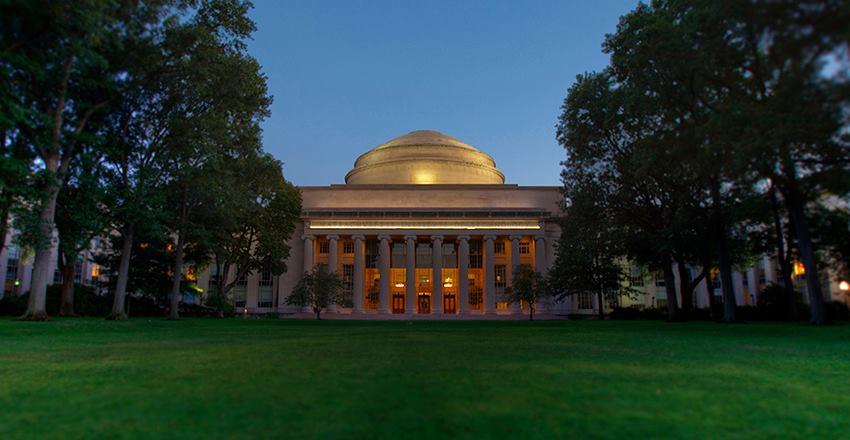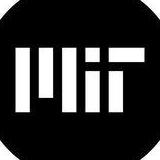


The Massachusetts Institute of Technology is a world leader in research and education.
192 people like this
0 Posts
0 Photos
0 Videos



